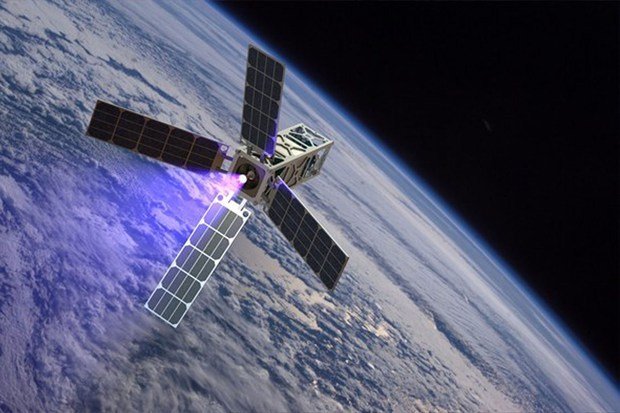Kenya launched its first functioning earth observation satellite on Saturday aboard a SpaceX rocket from the United States according to a live stream from Elon Musk’s rocket firm.
The satellite, designed by nine Kenyan engineers, will gather agricultural and environmental data, such as floods, droughts, and wildfires, for use in disaster management and combating food shortages.
After three postponements due to severe weather, the Falcon 9 rocket carrying the Taifa-1 satellite lifted off without incident from Vandenberg Air Force Base in California at about 0648 GMT.
“Taifa-1 separation confirmed,” Space X announced in a livestream roughly an hour and four minutes after the rocket’s launch.
“We have the challenges brought about by climate change, which the satellite, by virtue of being able to capture images (will be able to monitor),” said Capt. Alloyce Were, an aeronautical engineer and deputy director of Navigation and Positioning at the government-run Kenya Space Agency, on Friday before the satellite’s launch.
“We can monitor forest changes as well as urbanisation changes.”
The satellite was built over two years with the assistance of the Bulgarian aerospace firm Endurosat at a cost of 50 million Kenyan shillings ($372,000).
It will work for five years before decaying over a 20-year period, hitting the atmosphere and burning out according to the agency.
Under SpaceX’s rideshare scheme, the launch rocket carried 50 payloads from other nations, including Turkey.











